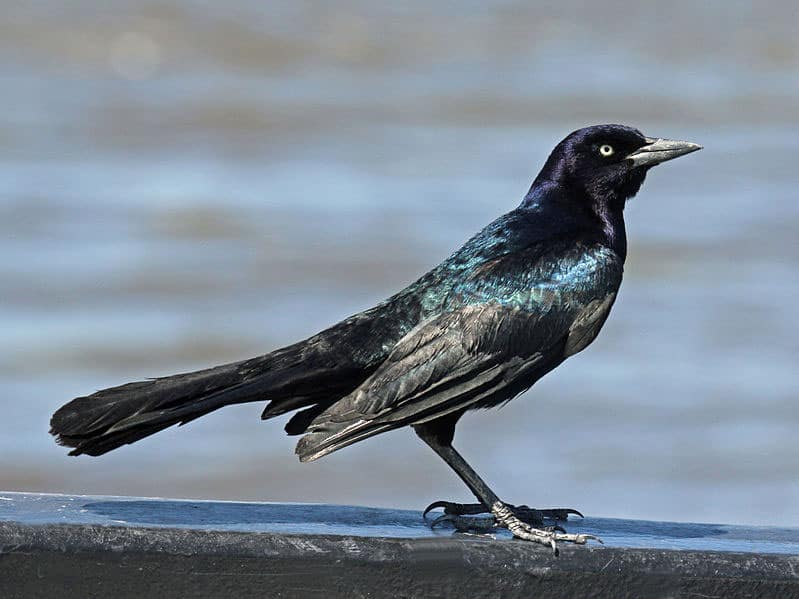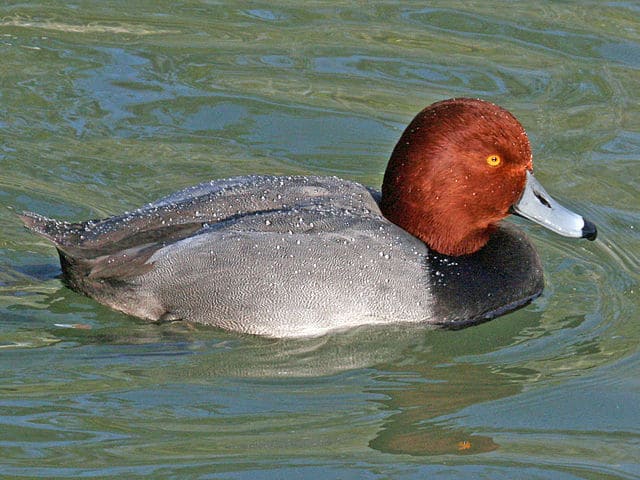Look for
The Carolina wren is a rotund, warm-brown bird that often carries its tail cocked. Leading with its longish, curved bill, it resembles a little brown teapot. The bright white line over its eye and its warm buffy underparts (paler in summer) help clinch the identification. Males and females are alike.
Listen for
Often heard before it is seen, the Carolina Wren’s most common call is teakettle, teakettle, teakettle. Pairs stay together all year and keep in touch throughout the day by vocalizing back and forth. Carolinas also give a variety of chink calls as well as a harsh, rolling metallic scold— cheerrrrrr-rrr-rrr!
Find it
Wherever it occurs, the Carolina wren stays as a year-round resident. Creeping and exploring around door stoops, garages, and tool sheds, Carolina wrens adopt a “mi casa, su casa” policy when it comes to nesting. If you find a nest cleverly hidden on a cluttered shelf or in a hanging flower basket, it’s likely that of a Carolina wren.
It’s most common in swampy, mixed hardwood forests that are thick with vines, shrubs, and tangles, but it is happy in yards and gardens with plenty of shrubbery and outbuildings. Carolina wrens love poking about stacks of firewood, and they’ll help themselves to the shelter of an open porch, garage, or shed, cleverly concealing their nests in our clutter.
Feed it
Insects and spiders make up virtually all the Carolina wren’s natural food diet, which they capture while gleaning on or near the ground. At times, they will climb trees to glean insects hidden in bark or toss aside leaf litter while searching for prey. They’ll bash large prey, such as katydids and moths, into manageable pieces and hunt cobwebby corners for spiders. In snowy winters, Carolina wrens resort to visiting feeders.
Nesting Behavior
Carolina wrens weave a surprisingly complex and bulky nest, hauling volumes of bark strips, fine twigs, leaves, grasses, green moss, and rubbish into a hidden nook, thick intertwining of vines, natural tree cavity, or cranny in an outbuilding.
They often make a “porch” of such material leading to the nest. The entire affair is domed, and the finely-woven inner cup holds four eggs. The female incubates for 14 days, while the male feeds her. The young leave the nest from 12 to 19 days later.
WOW!
Carolina Wrens seem to love nesting near humans. Nests have been found inside garages, in old shoes and empty cans, and even in clothespin bags hanging on well-used clotheslines.





I had a hanging plant in my porch last year and watched a pair of wren make a nest, bringing in twigs and leaves…. Our cat was watching them and I looked to see! I looked it up and came up with the Carolina wren. Everyday they came and went and one day there were eggs and then babies! The hanging plant is still there with the nest…maybe I should empty it so another can build their home. I see some have this year in an old clothespin bag hanging in the carport! This year I’m also putting up bird houses.
I have what I believe are Carolina Wrens nesting in my hanging basket. However they come & go through an opening in our screen. We have a pool. I’m afraid if I let them nest, when the babies are born the babies will fall into the pool. Any suggestions?
Hi Wendy, I’m sorry to be slow to reply to you, and I bet it’s too late by now. If I were you, I’d let the wrens nest, although I can’t really visualize your setting. Sometimes Carolina wrens do pick very odd places to build a nest, but if they think it’s safe for their fledglings, it probably is. When they leave the nest, some of the young might be a day or two older than the others, so it’s possible some might be able to fly, while others will will hop around on the ground before they take flight. Good luck to them! Dawn Hewitt, Bird Watcher’s Digest
Thanks Dawn. I ended up leaving them be. I’m not sure how far they are in the process of nesting, but I have seen mom & dad come & go (moms not staying in nest). But it has been a couple of weeks now. They are in a screened lanai, about 5 Ft from my pool. I have a Yorkie too that hangs out there daily. I just hope they find their way out, not into the pool. The screen that’s missing (where they came in) is above my pool so they’ll have to fly over the pool to get out. Just hope their parents took all of this into account when picking the nesting spot!
Oh, I get it: They have to fly over the pool upon fledging. No landing on the ground. Yikes. Good luck to them. I predict at least one will land in the pool. I hope I’m wrong. Dawn
I LOVE my Carolina Wrens! They’re almost as much fun to watch as Hummingbirds. They’re always so busy!!
I love my wrens also!!!! This is the first year they have actually stayed here!!! They like the diet feeders! I also have a wood thrush, only one though. I live in East Texas. I hope he stays!
I meant suet feeders!